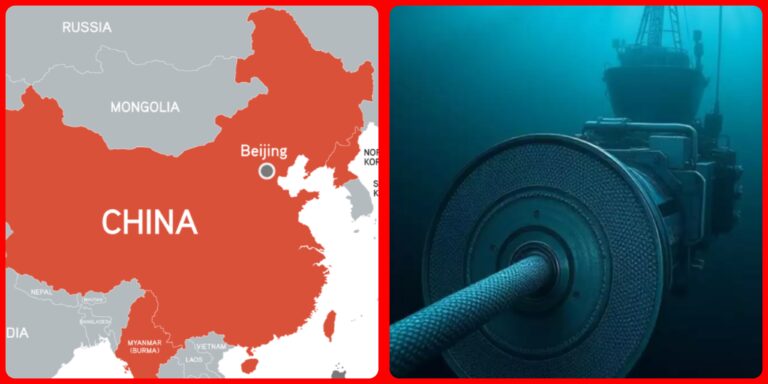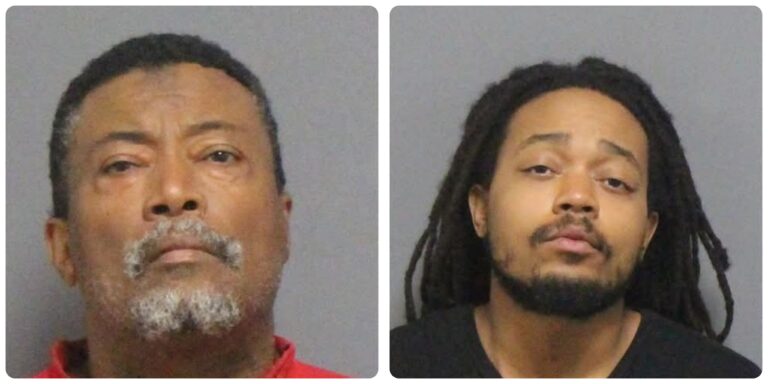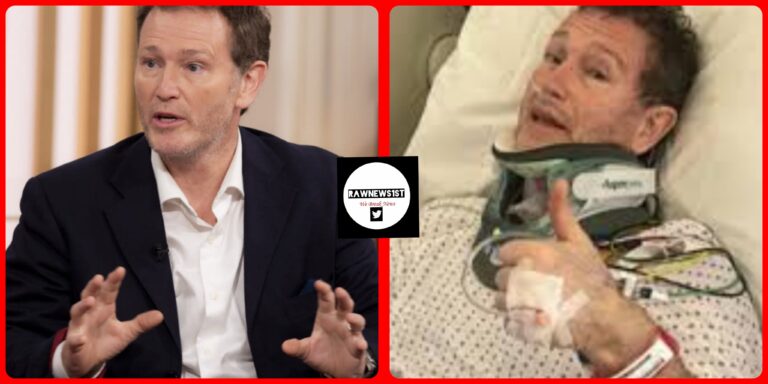
The deep brain technology can’t remind you whether you’ve turned off the oven just yet, but research led by Wake Forest University (WFU) and the University of Southern California (USC) has now shown it can sometimes help people recall particular images with greater ease.
Electrical and magnetic brain stimulation have recently emerged as promising new ways to give overall cognitive performance a boost, but until this recent breakthrough the idea of a brain ‘zap’ to recollect discrete details was the work of science fiction.
“Here, we not only highlight an innovative technique for neurostimulation to enhance memory, but we also demonstrate that stimulating memory isn’t just limited to a general approach but can also be applied to specific information that is critical to a person,” explains neuroscientist Brent Roeder from WFU School of Medicine.
The experiments were conducted among 14 adults with epilepsy, who were being fitted with brain electrodes to locate the epicenters of their seizures.
Roeder and his colleagues have been working with similar cohorts for years now, as these implants also provide a platform from which to study electrical brain stimulation.
In 2018, the team tested the neural implants by asking them to ‘write codes’ of information into the hippocampus – the place where memories are said to be ‘stored’ in the brain.
These electrical codes, the researchers explain, were designed to emulate a pattern of neural activity associated with remembering information.
Now, the team has gotten even more specific. They have used a computer model that essentially watches a person’s brain activity to try and figure out what patterns align with the memory of specific images.
When participants took part in a visual memory test, this model generated stimulation patterns for each individual, and these patterns were tied to memorizing images of animals, buildings, plants, tools, and vehicles.
When those same neural ‘codes’ were artificially fed back into the hippocampus, participants in the study were better at matching previously observed images from memory in about 22 percent of cases.
That is a relatively low accuracy, however results jumped to nearly 38 percent when researchers stimulated both hemispheres of the brain and focused only on participants with impaired memory.
“Our goal is to create an intervention that can restore memory function that’s lost because of Alzheimer’s disease, stroke or head injury,” says Roeder.
© Copyright RawNews1st



